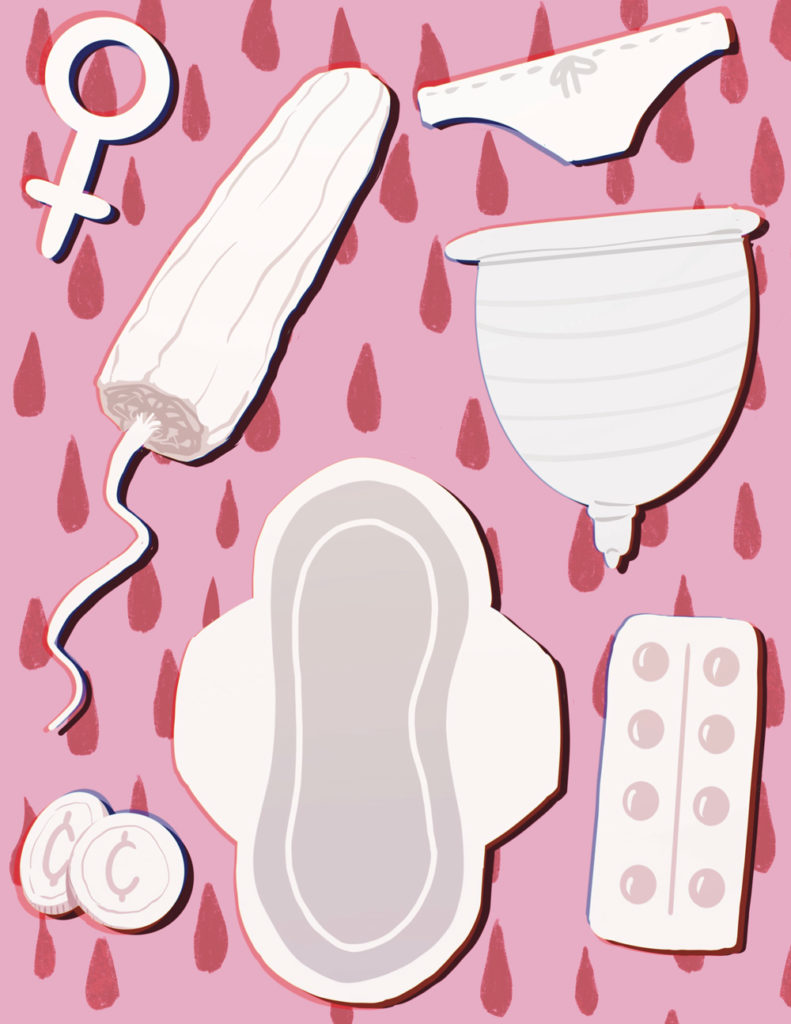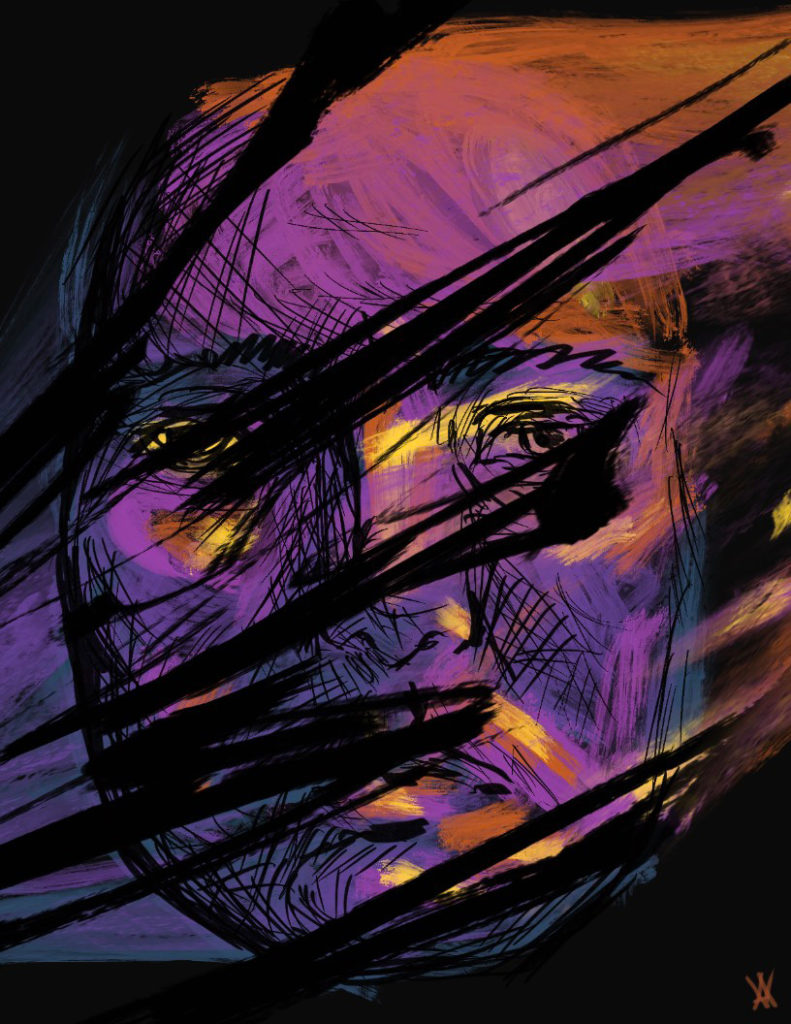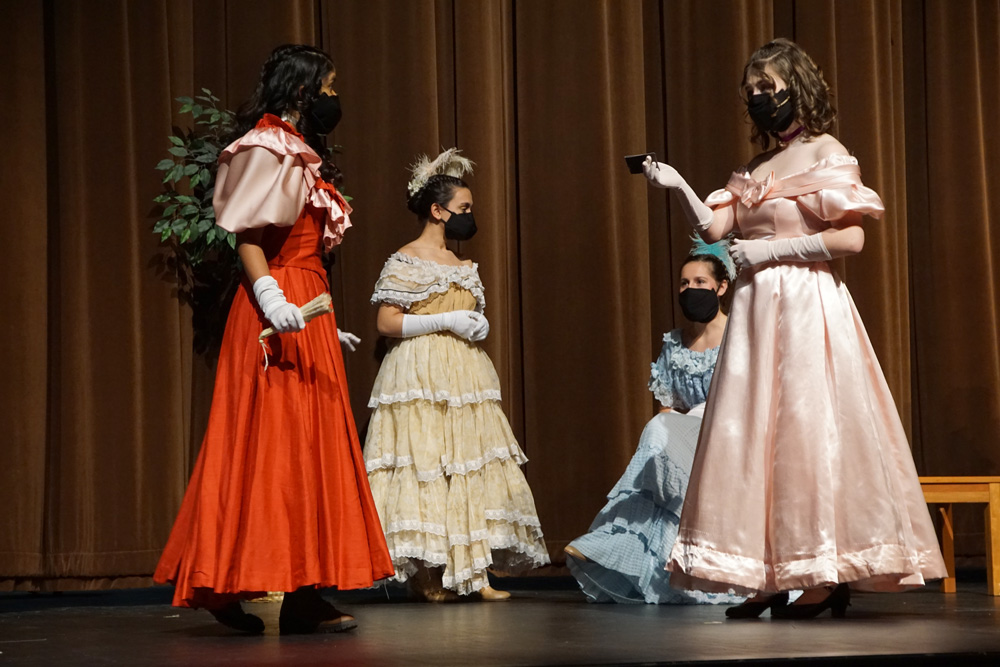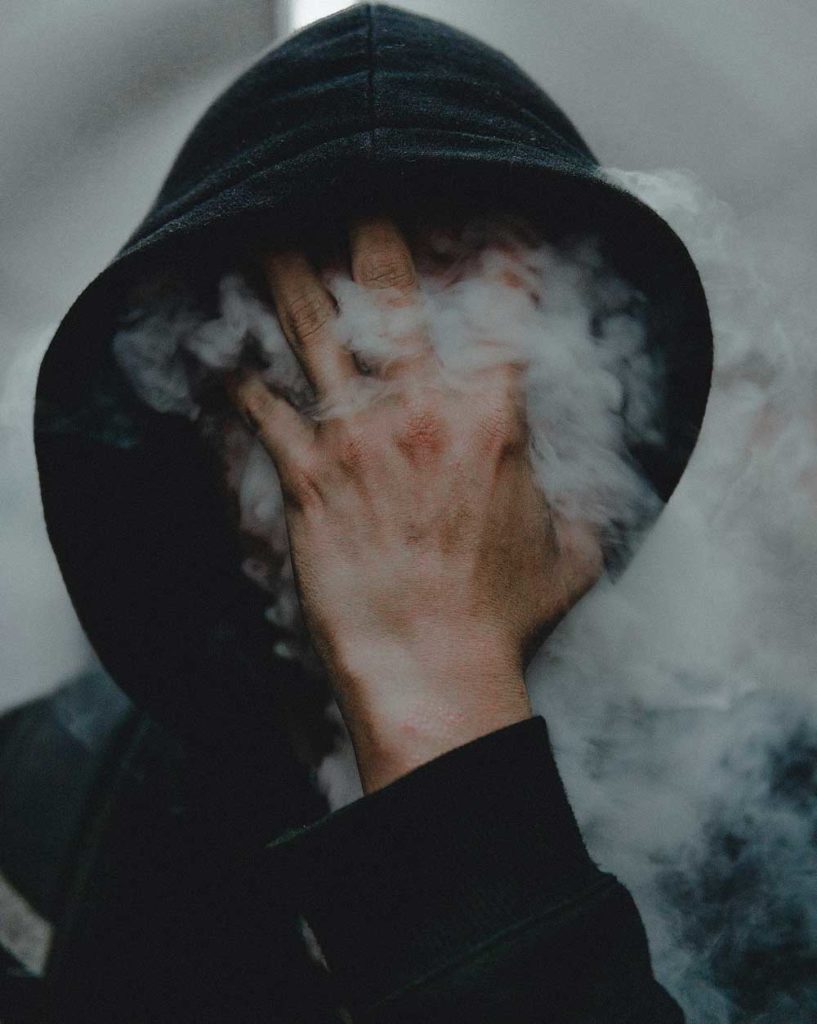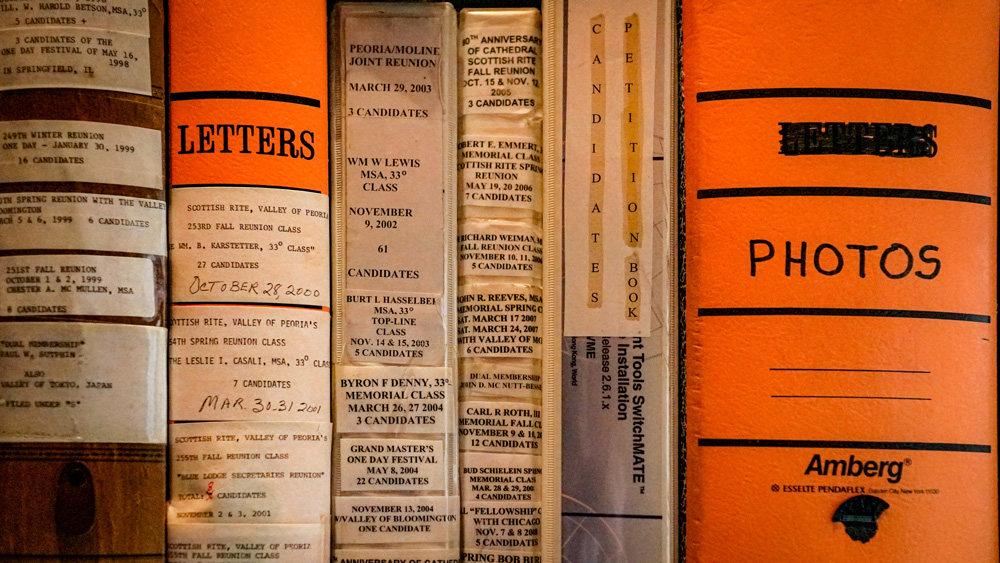A “Long March” Ahead
by Izaak Garcia As more nations look to space, a potentially disastrous mistake with a Chinese rocket is a reminder of the challenges ahead. Recently, part of a Chinese rocket became one of the largest pieces of space debris to make an uncontrolled reentry into Earth’s atmosphere. It captured the world’s attention—and while no one …


